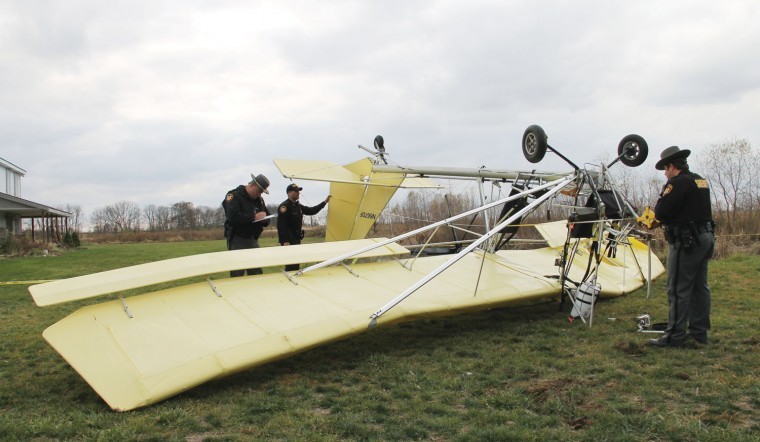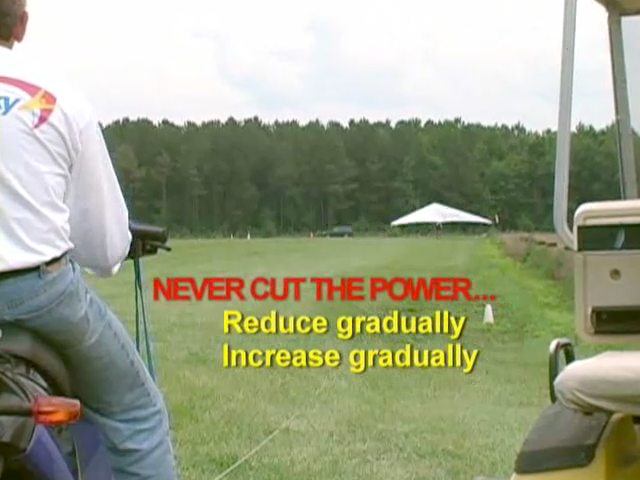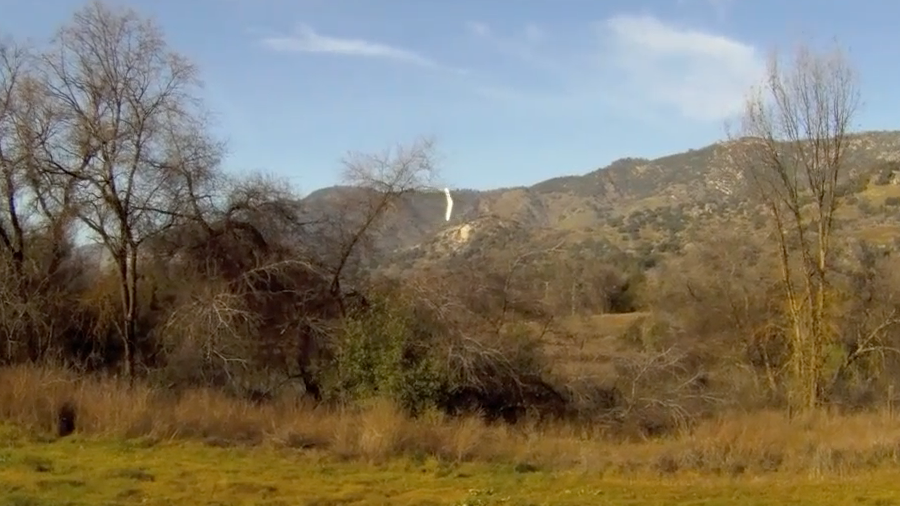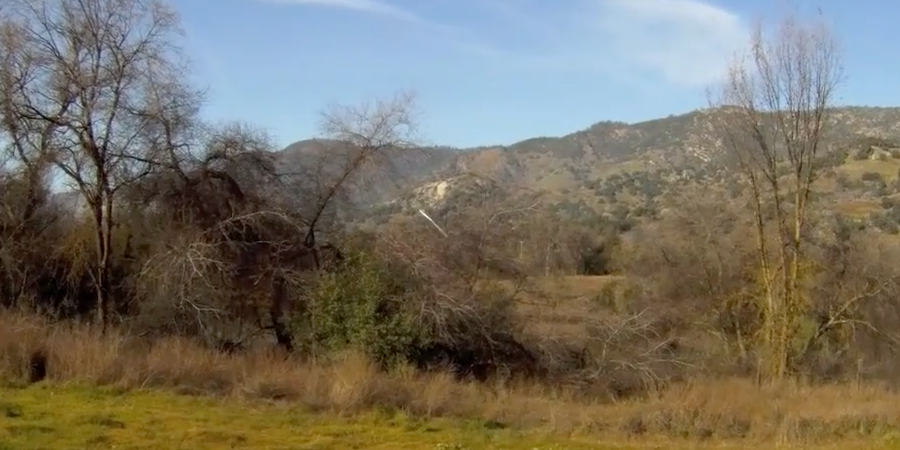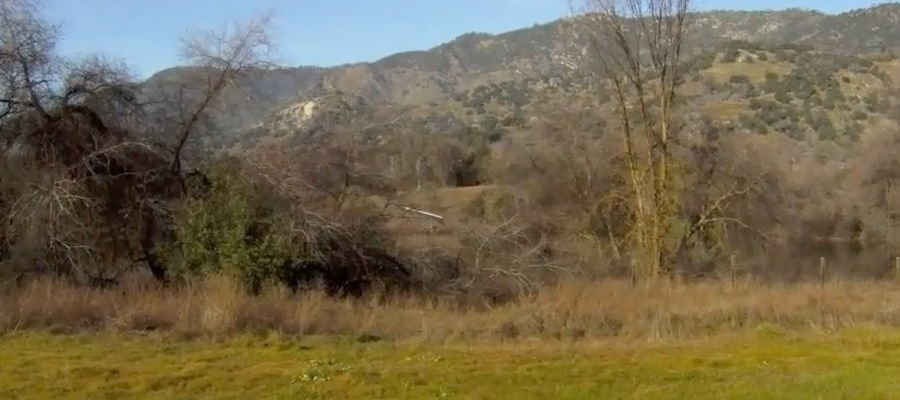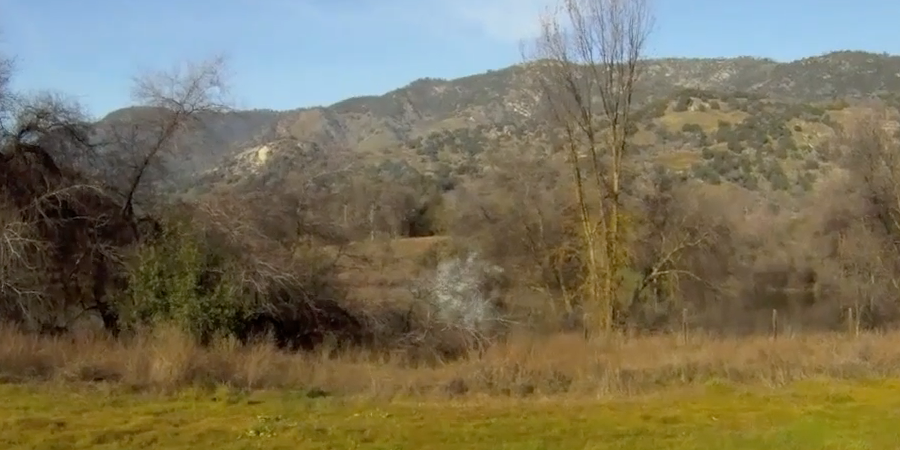Non-fatal crash in Tres Pinos, CA
Tumble Guy's problem wasn't that he was pushing out to get higher. One thing I'm now wondering is if he wasn't holding a lot of back pressure on the bar and lost it upon reaching for the lanyard.Lin Lyons - 2013/11/21 06:48:01 UTCWhen there's a ground based tow, everyone I know, that's not a beginner, pushes out to some extent. I just don't know many folks that don't want to get higher. Admittedly, there can be an unreasonable push out.Don Arsenault - 2013/11/18 20:51:34 UTC
You should be towing at trim, NOT pushing out. That may be part of the problem with the recent accident there.
You obviously ARE okay.Just to check, I looked at some of my releases.
http://www.youtube.com/watch?v=nVNyu-tHPYk
I think I'm okay.
No, but the language you used sure helped to muddy the discussion. Yeah, multi-string releases DO actuate in stages but nobody uses that term when referring to them and it's unnecessary, contrary to long established universal convention, misleading.Actually, no I did not. I am aware of the two-stage release, and did not confuse it with the 2/3 string release.Mike Lake - 2013/11/18 23:27:35 UTC
Linlyons interpreted the above as something to do with the number of strings on a 2/3/4 string release and seems to miss the whole purpose of a keel attachment, two point, pilot AND glider system.
- Why not? Koch two-stages are pretty much universal for remote start surface tows and that's by far the best available equipment for the job. And you wouldn't have been the subject of huge discussions if you'd have been using one.Pat does not have any of the two-stage releases that I know of.
- What? You think he may have some that he's keeping from you?
- Bridle/Release systems that aren't total crap are completely unavailable from the mainstream aerotowing industry and Jim Keen-Intellect Rooney has appointed himself Imperial Wizard of quality control to make sure decent stuff doesn't get into circulation. Does that make it OK to go with that flow?
- Ask Pat if he's ever used a two stage release and:
-- if:
--- so, why did it fall short of the three and two strings he's designated as state-of-the-art equipment
--- not, how he justifies designating his three and two strings as state-of-the-art equipment
-- why competent operations are using two stage releases without any need for Hewett Link and Birrenator compensators
- Also ask Pat to tell you about all the saves he's had because of his use of state-of-the-art Hewett Links and Birrenators and why he hasn't written any magazine articles, put up anything on his website, uploaded any videos, posted anything on any forums reporting and illustrating these miraculous saves and promoting their use to reduce the fatality rates at the shoddy operations just using Koch two stages and heavy weak links.
- You THINK? They didn't tell you whether or not you were?I think that I'm the only one that incorrectly attached the three string release - at least in Tres Pinos.
- Given that they haven't released one public word on either of these two spectacular operational failures - one catastrophic and both easily potentially lethal - how likely do you think it is that you'd have heard about any past inconsequential failures?
Oh. So...And they don't use that any more.
- you:
-- think that you're the only one who incorrectly attached the three-string release - at least in Tres Pinos - in however many decades they've been using it
-- are a real asshole...
http://www.hanggliding.org/viewtopic.php?t=29415
Holy Crap
...for screwing that particular poochLin Lyons - 2013/07/02 01:39:55 UTC
That's probably not the best idea in the world. I could be wrong, but he's probably still somewhat upset. He is speaking to me again, but is even more demanding of safety than I remember. He's very good, and when I tow again, he's the operator I'd like to have.
but as a consequence of that ONE INCIDENT they decided that it's so problematic/dangerous that people can't be trained to use it properly/safely and operators can't be counted on to detect issues. And thus they're taking it totally out of circulation and replacing it with something "better".
You did. Instead of getting up to the conventional norm they went in the other direction - to something cheap and shoddy that they'll be able to get away with as long as everything's going reasonably well.I believe I said that on the thread about my crash.
Are you still good enough to predict what's gonna happen to a glider when the Birrenator kicks in?You are correct, tension is the proper term.There are also references to "tow pressure"...
And I was relatively good at physics too.
Sorry, any chance you can express that in pounds for those very few of us who have no idea what the fuck you're talking about?In fact, it takes two strands of weak-link...There is a widespread belief that the weaker the weak-link the better...
- While is towing ANY solo glider - regardless of flying weight, glider capacity, lift to drag ratio?...to withstand the 'tension' while towing.
- And that's all it has to do? Be able to withstand the normal range of tow tensions? If you're never expecting to pull more than two and a half Gs on your glider is it OK to fly with sidewires that are able to withstand three Gs and no more?
Than it WOULD BE in an aero? Or IS or CAN BE?Using a static tow, the tension is much greater than it would be in an aero tow.
What numbers do you have for aero and where did you get them?
Given that in your winch operation you've got thousands of feet of line out and a power guy watching the glider at all times and able to adjust tension to anything he wants would it be unreasonable to expect spikes and surges to go a lot higher for aero - at least for those not under the protection of good folk like Bobby, Davis, Rooney, Lauren, BHPA?
Well it wouldn't break unless the line were jammed and the glider severely locked out, right? There'd be no possibility of it breaking when you have the glider under control and climbing normally, right?The real problem is that it's not all that easy to see when a weak link is about to break.
Or when you're near the top of the tow. Then the tension is quite extreme and it's normal for the weak link to break.The good news is that it normally breaks near the top of the tow, when the angle between the tow line and the upward force from the glider is greatest.
Yeah, in hang gliding a weak link is the normal means of a glider releasing from tow. Who ever heard of anyone using a release for releasing from tow? A hang glider release is just a Hail Mary device to give you a remote chance of blowing tow in the remote event that neither your weak link nor hook knife work. It's mostly just there for show and/or its placebo value.That's beneficial because it allows a more normal release...
What's the big fuckin' deal with a weak link blow only fifty feet off the ground?...rather than one when the pilot is only fifty feet off the ground.
http://www.youtube.com/watch?v=r1LbRj-NN9U
You just pull in, wait to recover from the stall, push out and land.
0:50
http://www.youtube.com/watch?v=JR_4jKLqrus
See? Just like that. Totally manageable, a mere inconvenience.
Bullshit.I didn't assume you intended to be impolite. It's just easier.Referring to you Linlyons as a 'third party' is not intended to be impolite.
As for "Drummed into my head" there's far too much to learn.
- None of this is rocket science.
- Unless the instruction sucks - which it very obviously does - you should totally understand and be totally wired into what you're doing at each step before advancing to the next.
What did those total fucking douchebags tell you, and presumably all the tow pilots, the purpose of the weak link is - and how to calculate the proper number of strands such that number you always wind up with is two?I, and all the tow pilots, I presume, have been told to pull the bar in prior to release.
What if you used a release that allowed you to blow instantly WHILE pulling the bar in? Just kidding.Sometimes we remember, sometimes other stuff is going on, and releasing sooner seems to be more important than taking more time to pull the bar in.
Yeah, it's always a great training program that starts the beginners off with an overload of things to think about and do and progresses them to less demanding, simpler, easier, safer techniques - if they survive the introductory stuff intact.OH, concerning the two-stage chest release. Beginners who run to take off need few extra things to think about. They're already on overload and don't need more. Once they get better, they launch off the cart...
No, of course not. Just like an aerotow launch. Route the bridle over or under the bar as you please. Doesn't make any appreciable difference....and the tow line goes under the base tube, so there isn't the need for two stages.
Nobody outside of Mission thought you were - for that anyway. Mission just found it more convenient to send you the message that you were an idiot so as to try to give the impression that they're not idiots for failing to have procedures for preflighting students and equipment for fully dumping line tension in emergencies.One might consider that, while I did mess up the three-line release, I'm not an idiot.
The release is total crap - not because it's too complex to properly connect and preflight a hundred percent of the time - but because:If I thought that the release that I use is really a danger, any more than other stuff that can happen when I fly, I'd be the first to complain.
- you can't maintain control of the glider while you blow it
- it'll be totally useless in a real emergency and people have been needlessly killed because of this shortcoming (including a guy I mentored for eight years)
- the Koch 2 stage is vastly superior and readily commercially available
Ignoring, of course, the facts that:At this point, using two loops, it's pretty fool proof.
- you can't maintain control of the glider while you blow it
- it:
-- is totally useless in a real emergency
-- has no load capacity
Nah, right now you're as good a fool as need to be to get along just fine with the assholes at Mission and on the Jack and Davis Shows. And you don't seem to be least bit interested in trying to understand what you're doing and getting things right.(And I'm not practicing to be a better fool - really.)
